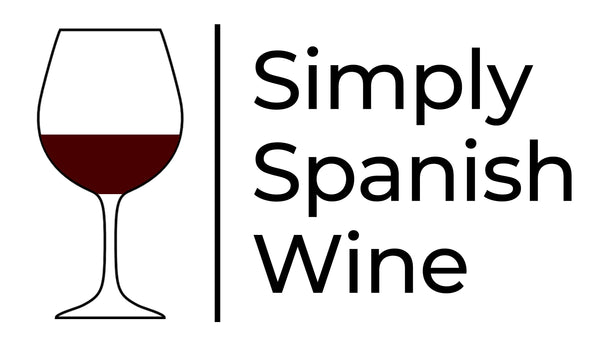[title]
[message]Kármán Clarete
Kármán Clarete
An easy-to-drink everyday clarete, bursting with red fruit.
DOCa Rioja
A pale "onion skin" clarete made the traditional Spanish way by fermenting white and red grapes together, in this case 70% Viura coupled with Garnacha, all from a single vineyard plot in Rioja Alta.
Share
Low stock
Couldn't load pickup availability



Collapsible content
Technical details
- Producer: Bodegas Gómez Cruzado
- Region: DOCa Rioja
- Vintage: 2022
- ABV: 13%
- Grapes: Viura, Garnacha
Food pairings
This wine will go well with:
- Seafood
- Rice dishes
- Salads
Who makes Kármán Clarete
Kármán Clarete is made by Gómez Cruzado, one of the six historic wineries that form the famous Barrio de la Estación neighbourhood in the town of Haro in La Rioja. The winery was founded in 1886, and today it produces 240,000 bottles of wine every year from 100 different plots spread across three distinct vineyard areas: Sierra Cantabria, Bajo Najerilla and Alto Najerilla. Across the full range, the focus at Gómez Cruzado is on elegant, balanced wines that are silky smooth to drink and packed with all the complexity and nuance that Rioja wines are famous for.
The grapes
Garnacha is one of the most widely grown wine grapes in the world and in Spain it's about the third most grown red grape behind Tempranillo and Bobal.
It's a late-ripening variety which enjoys hot, dry conditions, which makes it a reliably robust choice for winemakers. In the northeast of Spain, Garnacha tends to produce quite soft, easy-drinking red wines. It's low in tannins, so you don't get that woody, dry sensation in the mouth. But because it's late ripening it can also be quite high in alcohol as the fruit has more time to develop the sugars which then become alcohol in the wine.
In terms of fruit, in younger red and rosé wines you’ll pick up good bursts of red fruit like strawberry and raspberry. And in the varieties made with older vines that have been aged for a little you start to get sweeter, deeper fruit flavours reminiscent of figs. Occasionally you might also find a lick of white pepper just on top of the wine, which can add a nice touch of character.
Viura (aka Macabeo in Catalunya) is Spain’s fifth-most widely planted grape. It's a productive variety and is fairly adaptable, so is often seen in blends. Viura brings aromas of white fruit coupled with floral and sometimes aniseed notes.
Where Kármán Clarete is made
Rioja is one of Spain’s best known and best-loved wine regions and is on a par with renowned wine-producing regions like Bordeaux and Burgundy in France, or Barolo in northern Italy.
Sitting in the north of Spain, Rioja runs about 100 km from West to East and 40 km North to South, centred around the city of Logroño. The Ebro river runs through it from West to East. Rioja has just over 66,000 hectares of vineyards, which is about 7% of the Spanish total. In that area you'll find about 14,800 farmers who grow grapes which they then sell on to about 574 actual wine producers.
Traditionally, winemaking in Rioja has put a big focus on blending – mixing together grapes grown in different zones of the region to achieve balanced wines. But in recent years, Riojan producers are lobbying for changes to the rules to allow wine labels to include more specific references to where within Rioja the wines actually come from. It’s a move towards the more terroir-focused approach, used in lots of the other great wine regions of the world.
How Kármán Clarete is made
As its name suggests, Kármán Clarete is what’s called in Spain a clarete – in other words, a rosé wine made by co-fermenting the must from both red and white grapes; in this case 70% white Viura (aka Macabeo) grapes, and 30% red Garnacha. The grapes all come from a single vineyard plot known as Cerro Calvario in the village of Cordovín in Rioja Alta. It’s known as a very cold area, with a deep, red ferrous clay soil at the foot of the Sierra de la Demanda.
Once harvested, the grapes undergo a light press and are then fermented at low temperature and with native yeasts in stainless steel tanks. The wine then ages on its lees for three months before bottling.
A light, fruity wine that is ideal for summer evenings.
It’s easy to drink on a hot day in Andalucia but lacks depth of taste so we were disappointed in this wine. I prefer a simple prieto picudo which has a bit more to it for us
Ben recommended this little number as I have never been a Rosa quaffer however after a bottle my 2 Jack Russells thought I was quite amusing 🐶🐶



